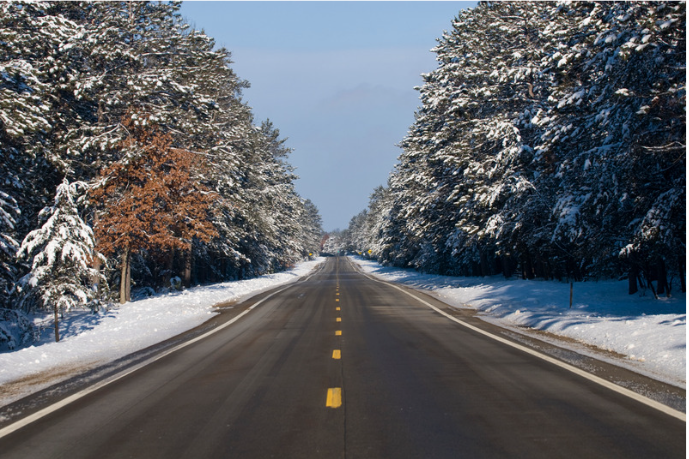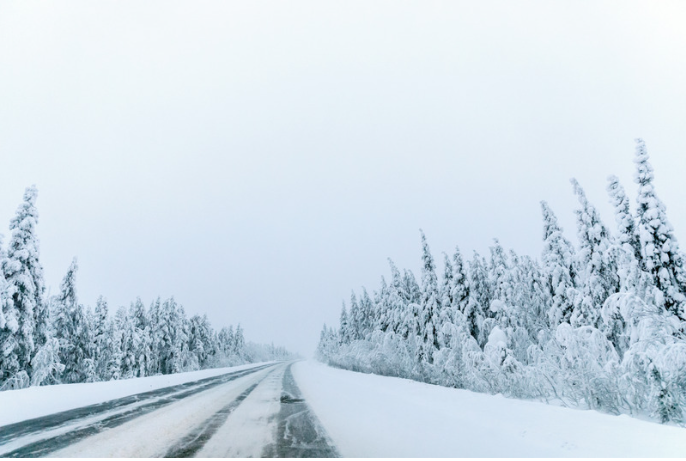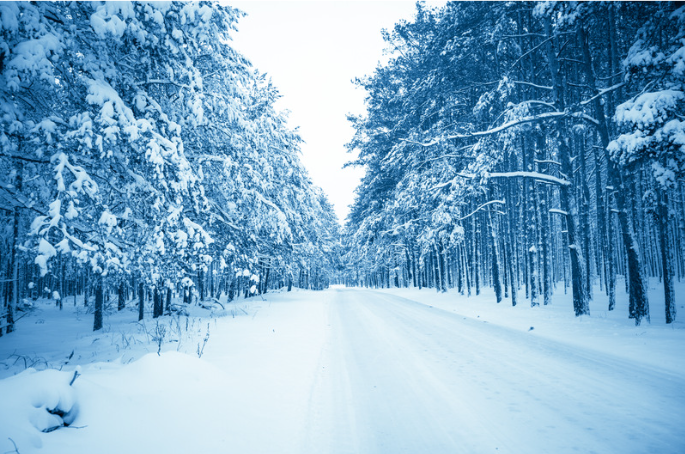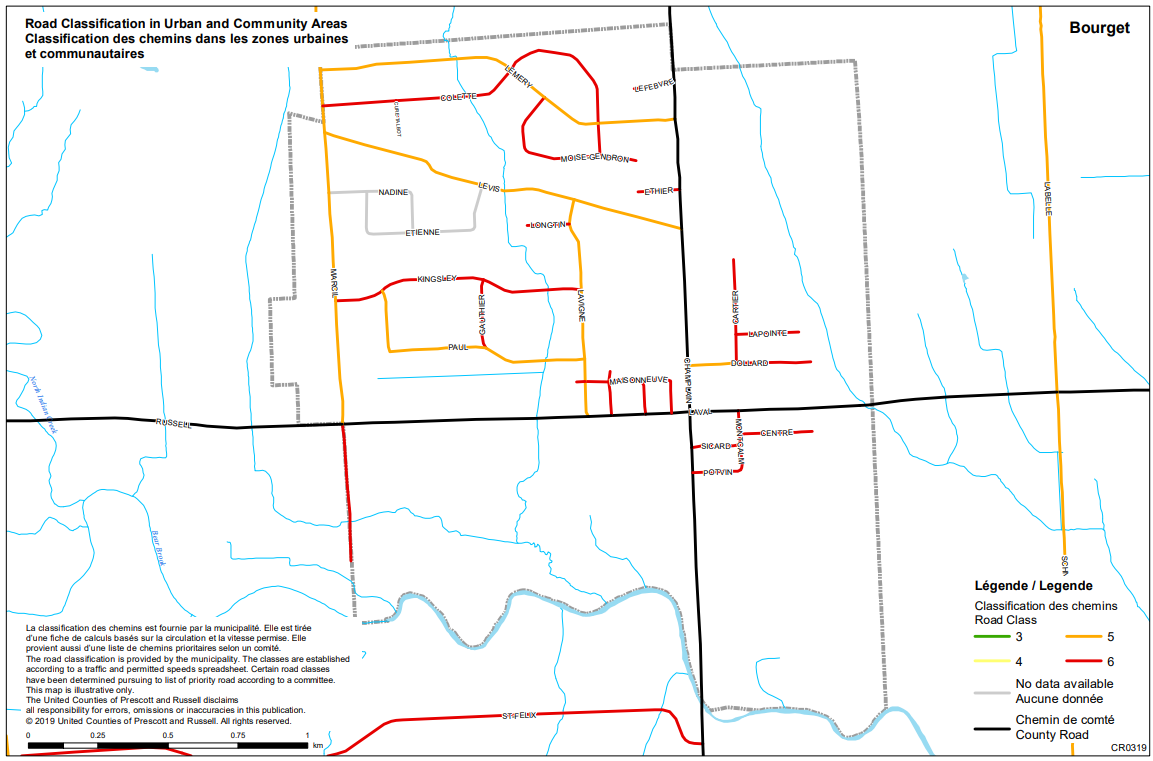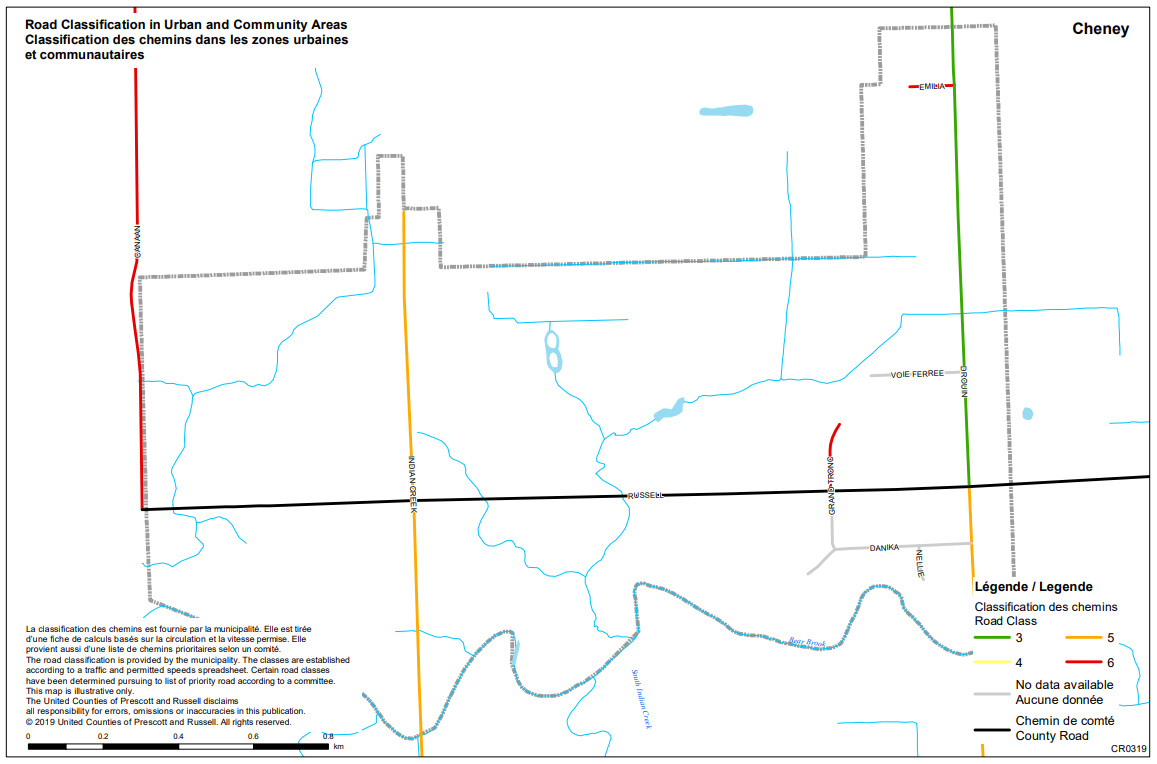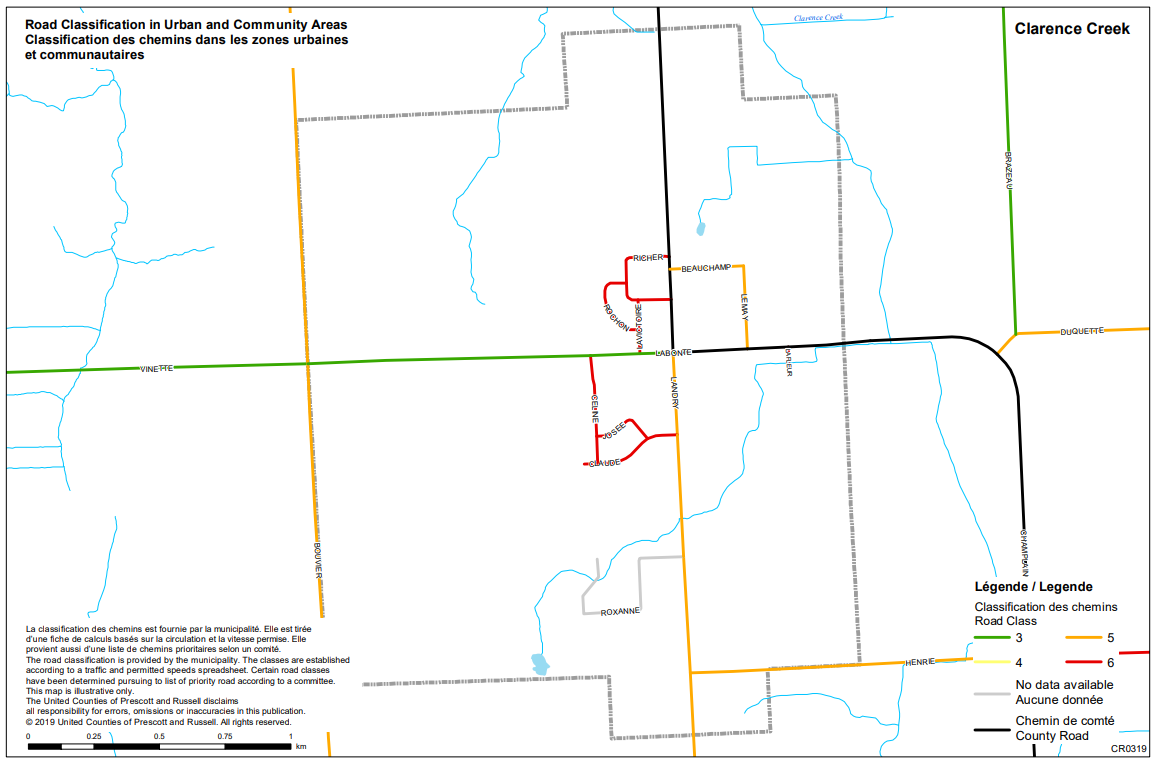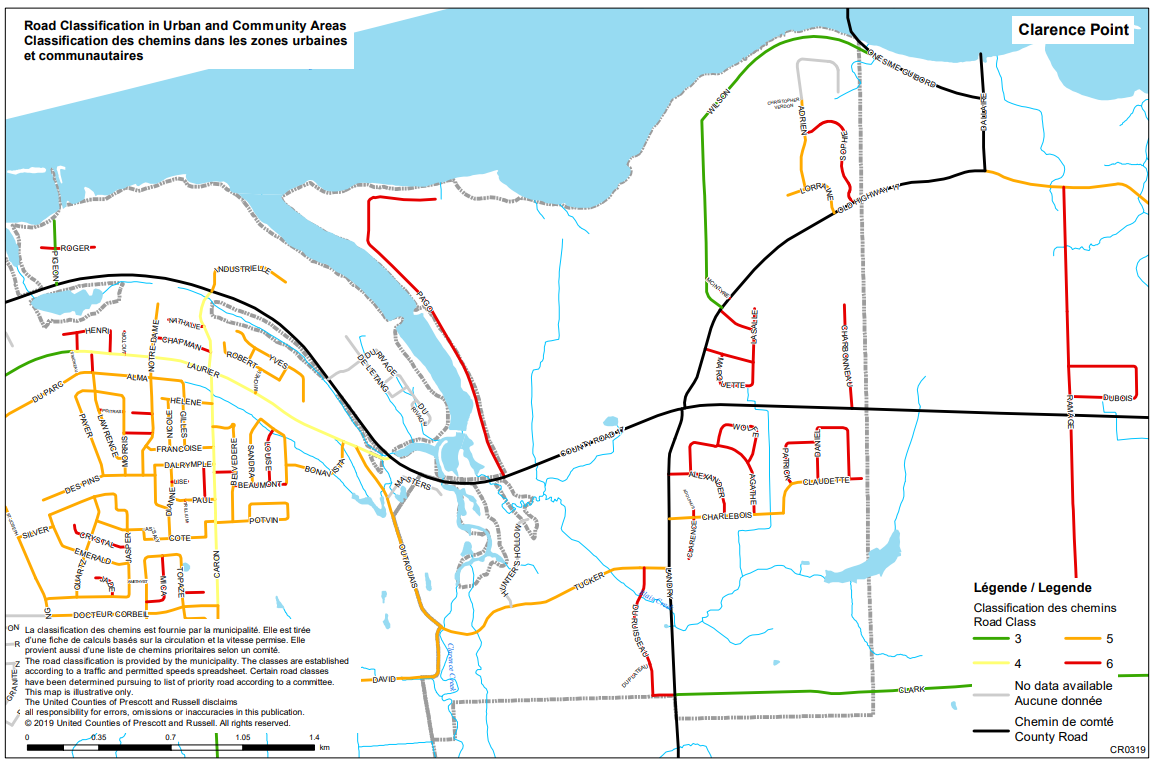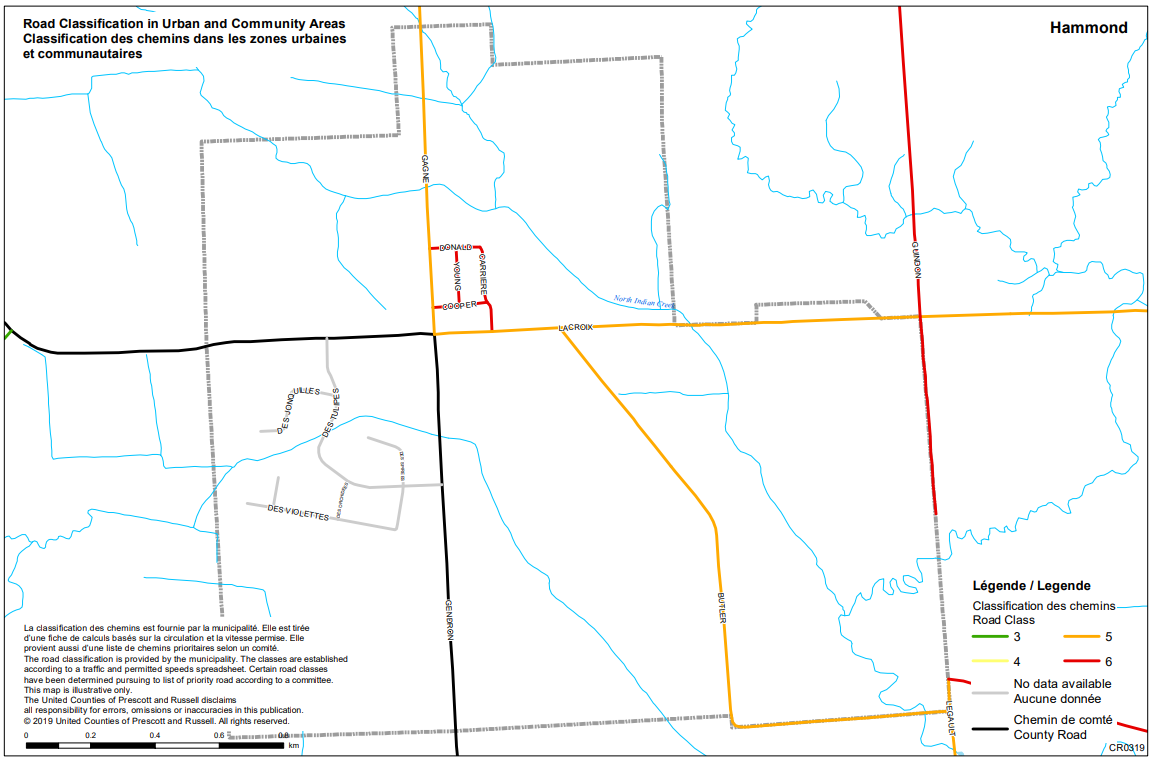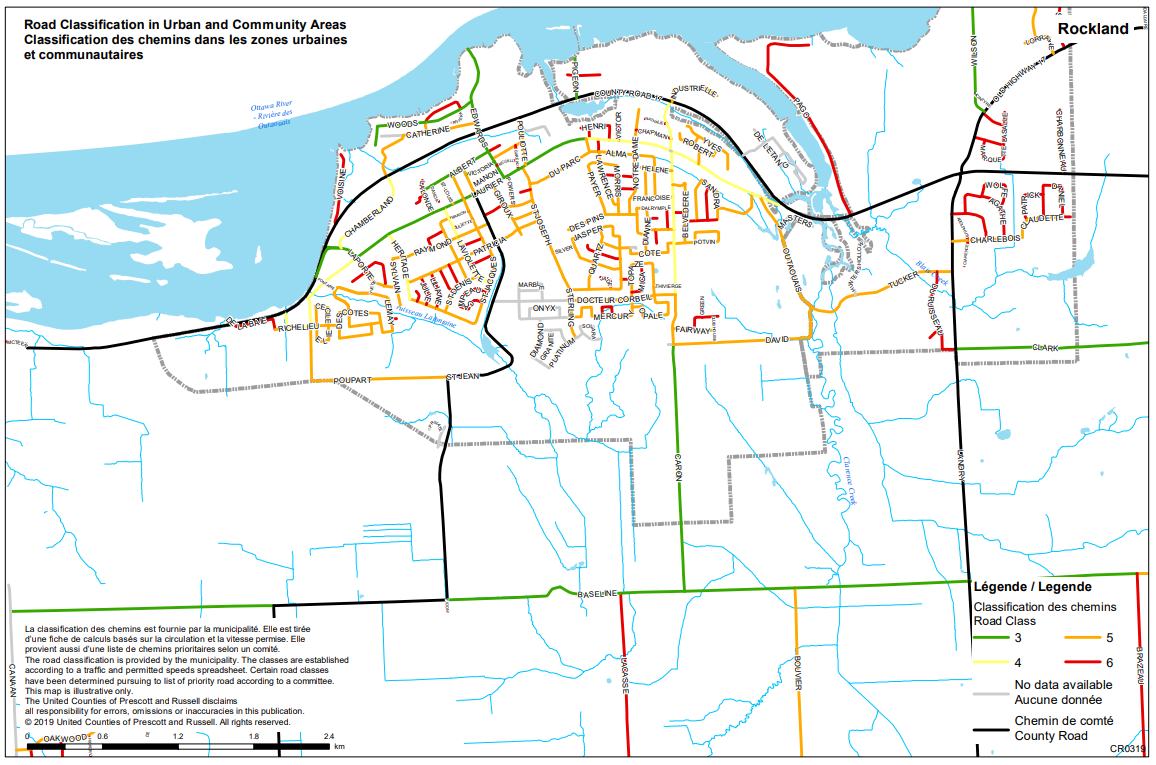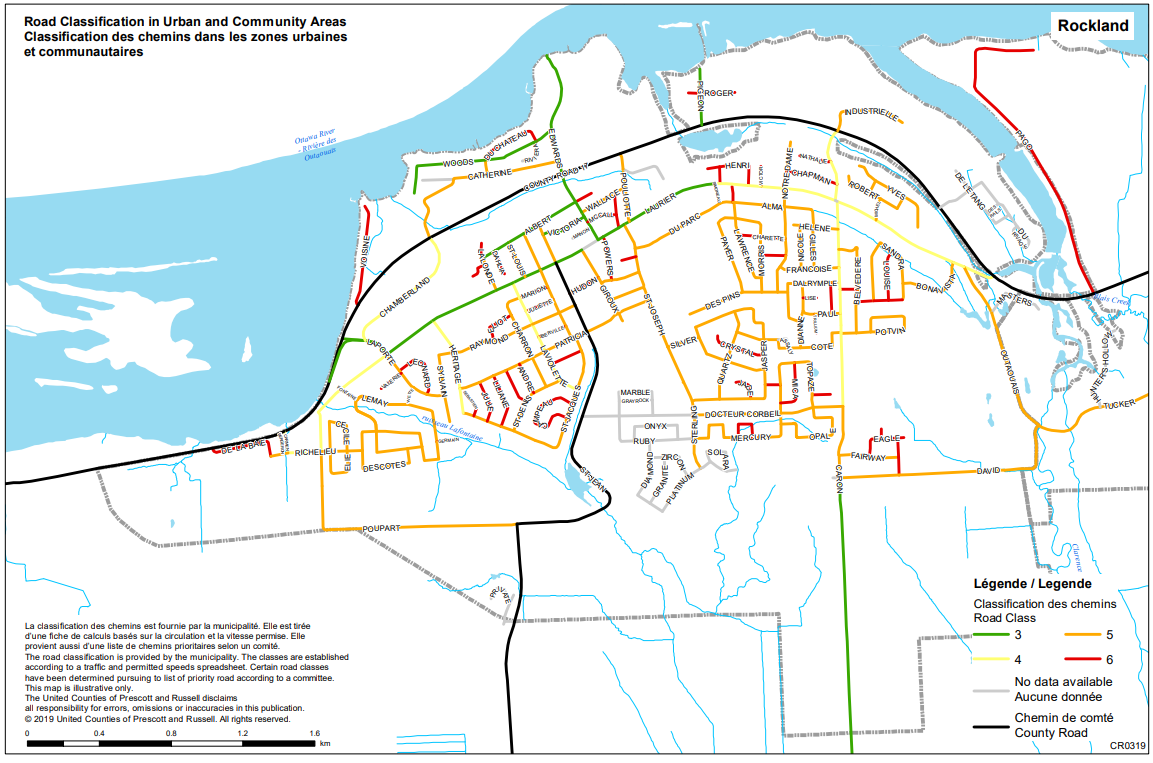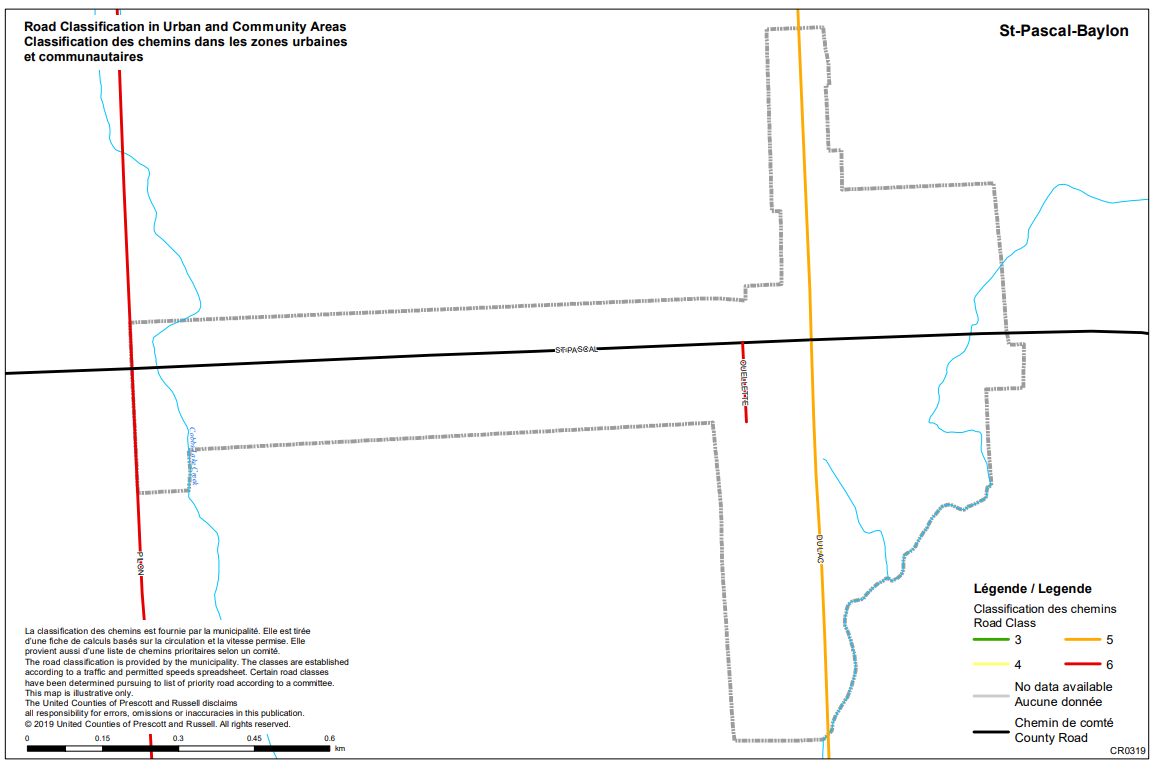Snow Removal
The City of Clarence-Rockland is responsible for a network of :
- 275 km of roads (550 lane km)
- 184 km of hard surface
- 91 km of gravel roads
- 35 km of sidewalks
- 6.2 km of bike lanes
- 3.1 km of multi-use paths
- 326 m of through paths
2023 Inventory
- 7 - tandem combination plow/spreader trucks
- 1 - 5 Ton combination plow/spreader truck
- 3 – 2 graders (owned) + 1 rental grader with operator
- 3 – sidewalk plows + 1 rental with operator
- 1 – loader
- 1 – Larue snow blower
Our Winter Control Policy |
||||||||||||||||||||||||||||||||||||||||||||||||||||||||
|
Snow clearing is done using a road-priority system, with high-use, emergency and transit routes cleared first.
The City follows the provision of the Winter Control Policy, a document adopted by the Municipal Council describing the level of service provided by the City. The Policy is prescriptive as to the state of the networks throughout the weather event. In other words, what can the residents expects before, during and after a weather event.
|
||||||||||||||||||||||||||||||||||||||||||||||||||||||||
Treatment Standard - What does it mean? |
||||||||||||||||||||||||||||||||||||||||||||||||||||||||
Bare 2 lanesAll wheels of a vehicle are on a bare surface Bare includes
Bare Centre lineTwo wheels of a vehicle are on a bare surface Partly covered includes :
Snow PackedAll wheels are on snow bonded to road.
|
||||||||||||||||||||||||||||||||||||||||||||||||||||||||
Plowing at Start, During and End of Event |
||||||||||||||||||||||||||||||||||||||||||||||||||||||||
Bare 2 lanesStart
During
End
Centre line BareStart
During
End
Snow PackedStart
During
End
|
||||||||||||||||||||||||||||||||||||||||||||||||||||||||
Snow Clearing Maps |
||||||||||||||||||||||||||||||||||||||||||||||||||||||||
|
While we strive to provide as up to date information as possible, some maps might need updating. However, this gives you a great idea of the City of Clarence-Rockland's Snow Removal Treatment Standard on its territory. LegendGreen - Class 3 Roads Yellow - Class 4 Roads Orange - Class 5 Roads Red - Class 6 Roads Grey - No Data Yet Black - County Road
Bourget
Cheney
Clarence Creek
Clarence Point
Hammond
Rockland
St-Pascal Baylon
|
||||||||||||||||||||||||||||||||||||||||||||||||||||||||
Clearing Snow from Your Property |
||||||||||||||||||||||||||||||||||||||||||||||||||||||||
|
||||||||||||||||||||||||||||||||||||||||||||||||||||||||
Winter Parking Restrictions |
||||||||||||||||||||||||||||||||||||||||||||||||||||||||
|
From November 15th to April 1st of each year, the City's snow-clearing team is working to keep our roads safe and clear for motorists, public transit, pedestrians and cyclists. Residents can help by ensuring that vehicles are not parked on the street during a winter parking ban. During this period, street parking is prohibited between the hours of 1:00 am and 7:00 am. |


